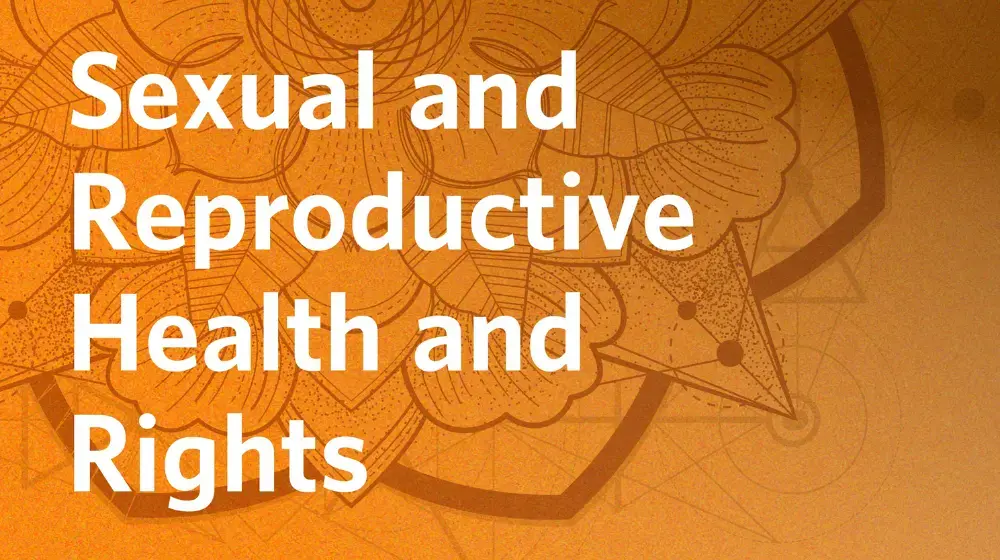Opinion editorial by Dr. Julitta Onabanjo (UNFPA ESARO) and Mr. Mohamed M. Malick Fall (UNICEF ESARO)
International Women’s Day
When Tseganesh from Ethiopia was 14 years old, she became friendly with a man who was known to the family. Life already held challenges but with school closures due to the COVID-19 pandemic, circumstances changed significantly for her. The man offered her money to buy whatever she needed and shortly afterwards, he proposed to her. She soon realized that if she agreed, her hopes of continuing with her secondary education and studying at university one day were in jeopardy. Tseganesh returned the man’s money but he was insistent on marrying her. Thankfully, with the intervention of her father and the church elders, she did not have to agree to his wishes. She is now awaiting her eighth grade final exam results.
While her story ended happily, many girls in East and Southern Africa face a much harsher reality. They are vulnerable on many fronts—from child marriage to early and unintended pregnancies, violence, and HIV exposure. Lockdown measures instituted to control the COVID-19 pandemic, particularly the closure of schools, have exacerbated these existing vulnerabilities. The lives of children and families have been adversely affected around the globe, with many programmes to end child marriage severely impacted. Even before the pandemic, the cost of child marriage imposed a heavy burden on Africa. A 2018 World Bank study on the economic impacts of child marriage showed that child marriage is costing 12 African countries US$63 billion in income and human capital.
Projections by the United Nations Population Fund (UNFPA) in April 2020 showed that COVID-19 will disrupt efforts to end child marriage, potentially resulting in an additional 13 million child marriages taking place globally between 2020 and 2030 that could otherwise have been averted. This reality has been evident in countries such as Malawi, which recorded an 11 per cent increase in teenage pregnancies, and an additional 13,000 cases of child marriage from January to August 2020 compared to the same period in 2019. While many schools have been allowed to re-open this year, the risk of being exposed to gender-based violence (GBV), female genital mutilation and adolescent pregnancy remains for those who are unable to return. In addition, mega-trends of increasing conflict, climatic disasters and deepening poverty pose new challenges and underscore the importance of the Leave No One Behind principle.
With less than a decade remaining to meet the Sustainable Development Goal (SDG) 5 of Gender Equality by 2030, for UNFPA and the United Nations Children's Fund (UNICEF), the co-conveners of the Global Programme to Accelerate Action to End Child Marriage (GPECM), these circumstances have made our work to end child marriage even more urgent. The GPECM empowered 7.9 million adolescent girls across 12 of the most high-prevalence or high-burden countries in Africa and beyond in its first four years (2016‒2019). The work continues in the challenging circumstances of the ongoing COVID-19 pandemic, and clear, decisive and immediate actions are required to ensure that we can meet this SDG target.
The GPECM was already designed around a well-defined package of proven interventions to reduce child marriage—through empowering girls, keeping them in school, and providing them with comprehensive sexuality education and access to adolescent-friendly sexual and reproductive health services. The programme also tackles cultural norms that drive child marriage and engages men and boys in an effort to end this harmful practice. The evolving COVID-19 pandemic has led UNFPA and UNICEF to explore new, innovative approaches and partnerships to ensure that the work of the programme continues, and that no girl is left behind.
A Regional Brief on Child Marriage in COVID-19, produced by UNFPA and UNICEF, highlighted the disruptions and alternative approaches that the two agencies have adopted to respond to child marriage in lockdown contexts in the GPECM countries. For instance, in Mozambique, a mini-drama of six episodes addressing COVID-19-related issues was broadcasted to young people with messaging on COVID-19, child marriage and GBV. In Uganda, para-social workers have been using mobile phones to continue their one-on-one interactions with vulnerable adolescent girls. This includes identification, assessment, and referral for response services and the Child Helpline, as well as following up on at-risk girls and families.
Digital platforms have been used more effectively to convey messages on child marriage and to continue online education for young people; life skills education has been adapted for community radios; sexual and reproductive health, HIV and GBV services have continued remotely or face to face, while observing COVID-19 health protocols; and partnerships with young people have enabled quick and effective outreach. These alternative approaches offer valuable lessons on how the GPECM can and should adapt to other rapidly evolving contexts.
On this International Women’s Day, we call on governments in East and Southern Africa to continue with investments that empower young girls and women, and to prioritize interventions to end child marriage in COVID-19 response and recovery processes. UNFPA and UNICEF, together with our partners in government, development, civil society and communities, will continue to find innovative ways to protect girls’ rights through delivering the support, resources, advocacy, education and information needed to ensure that no girl's future is lost to early marriage.
Girls need to be able to hope and aspire to a bright future — a future where they are leaders who can challenge gender bias and lead the change for a more gender-equal world.
Join us in our fight to say that enough is enough!
Let’s work together to end child marriage, once and for all.





